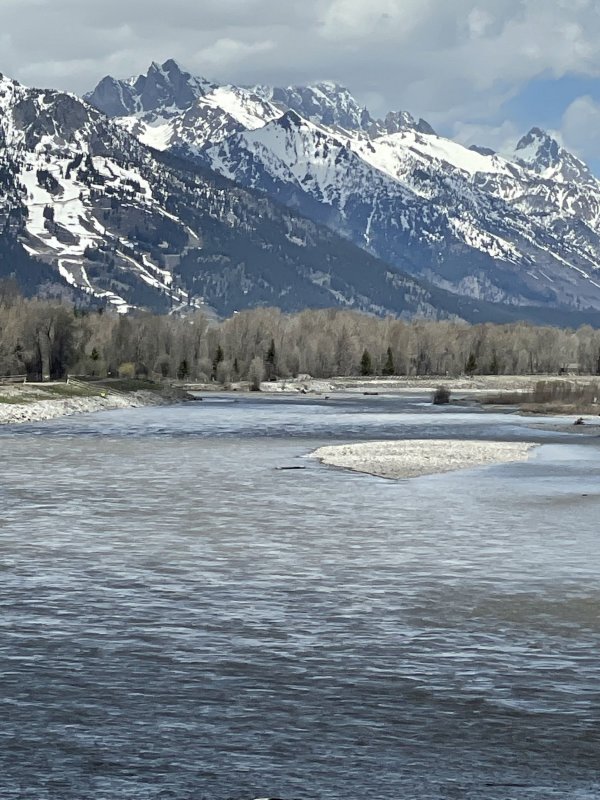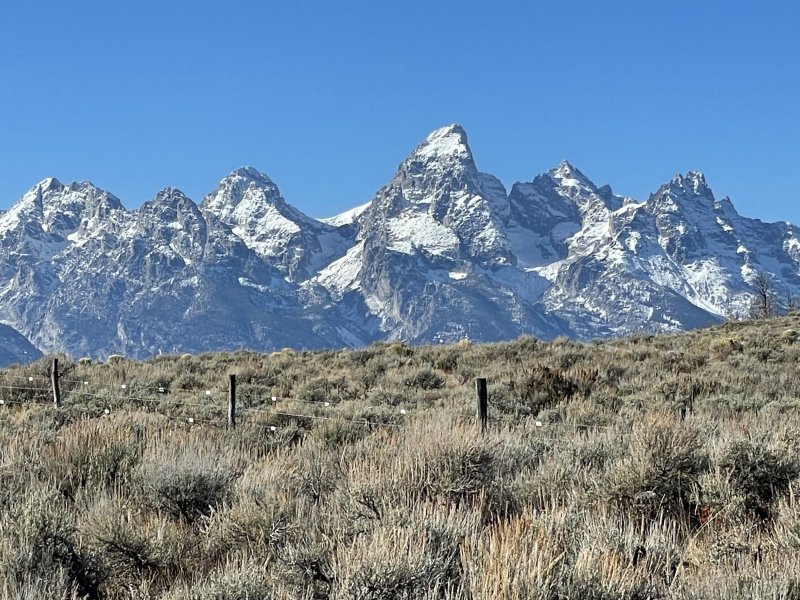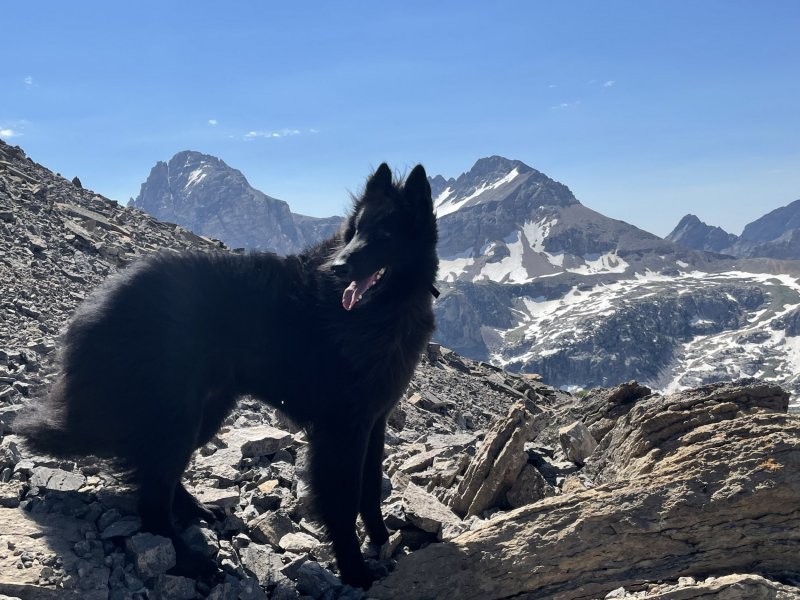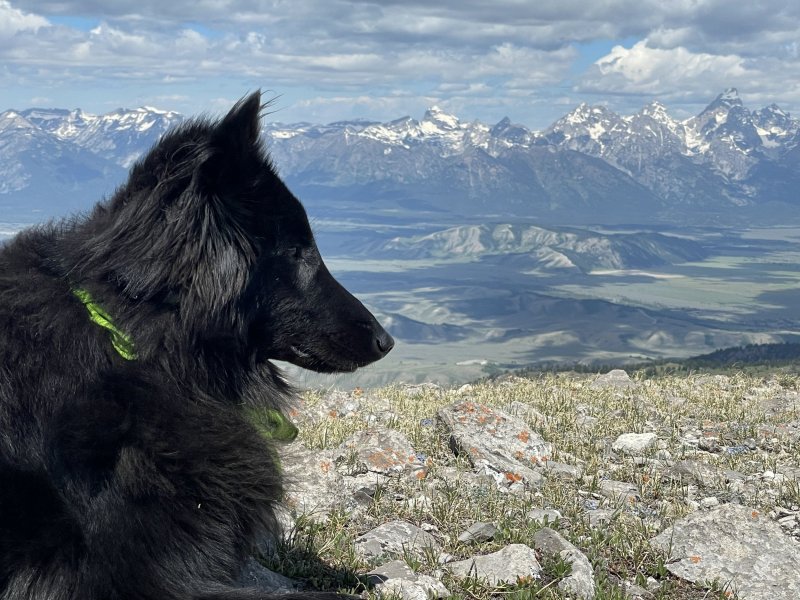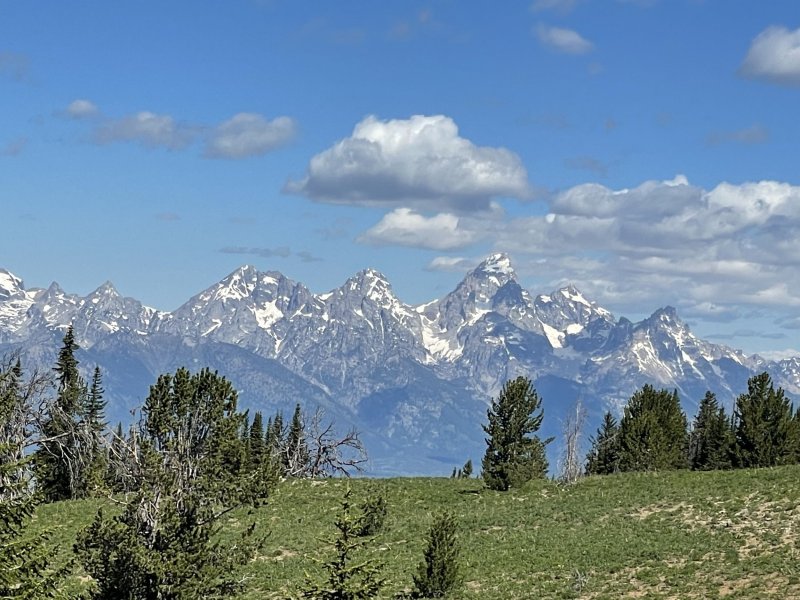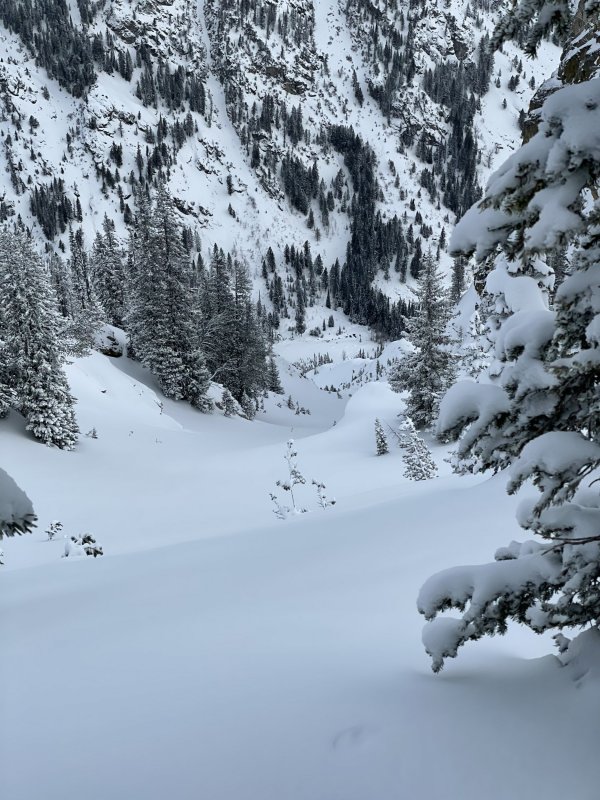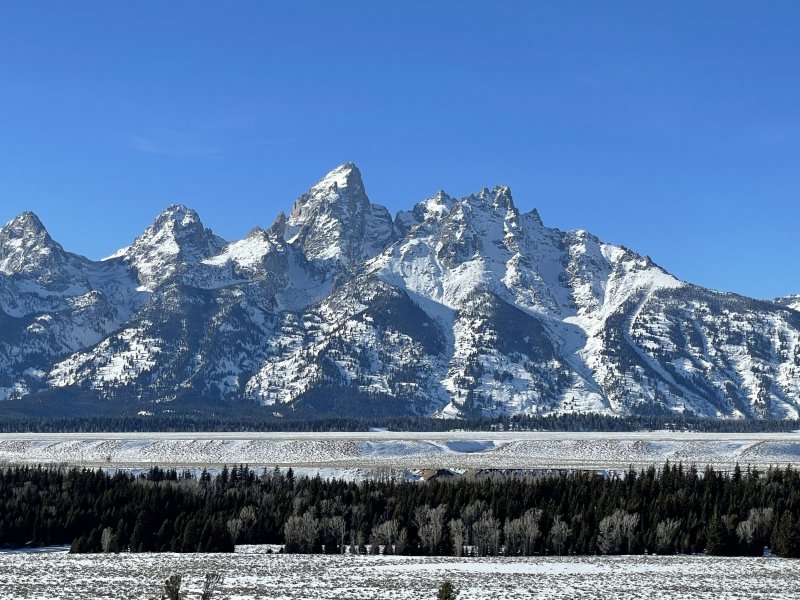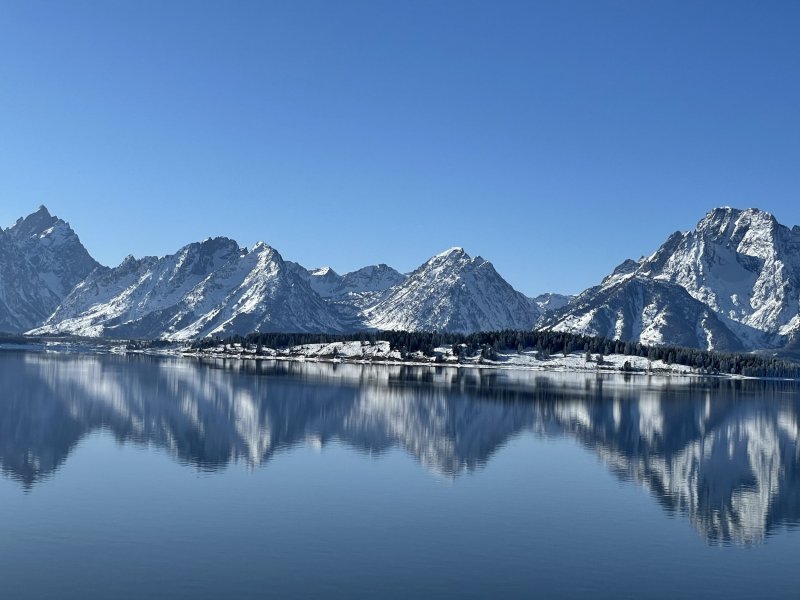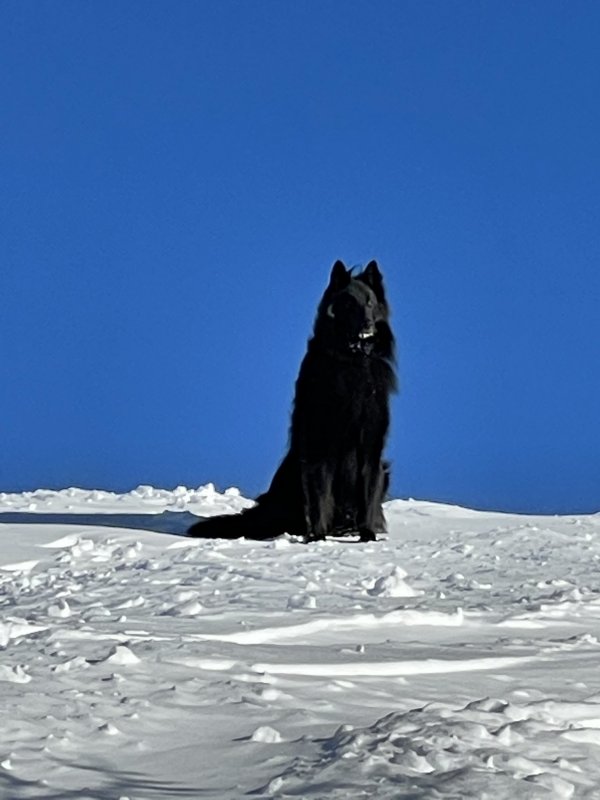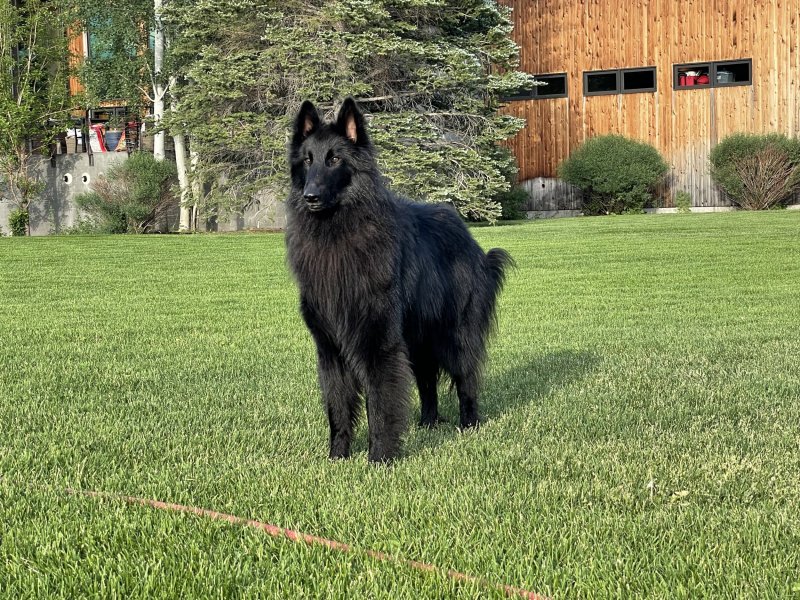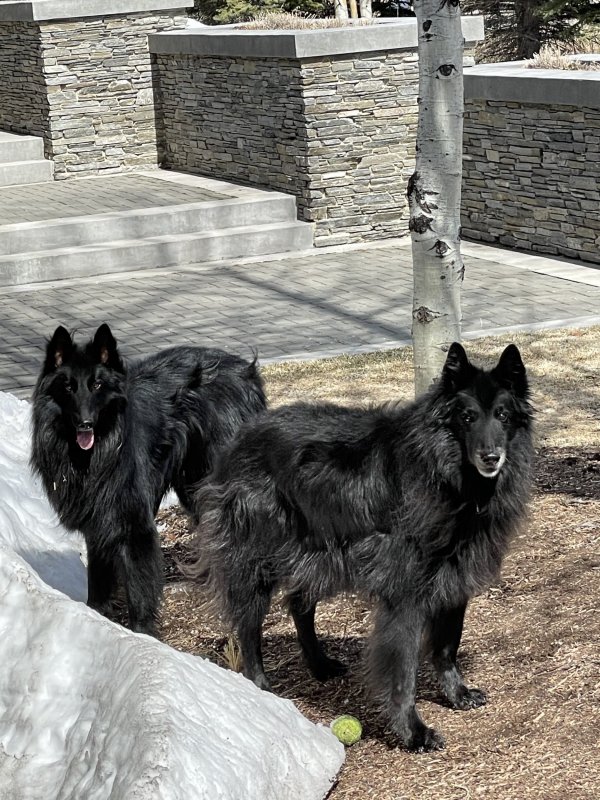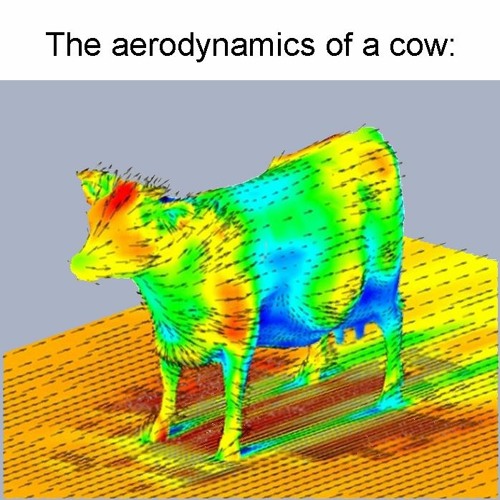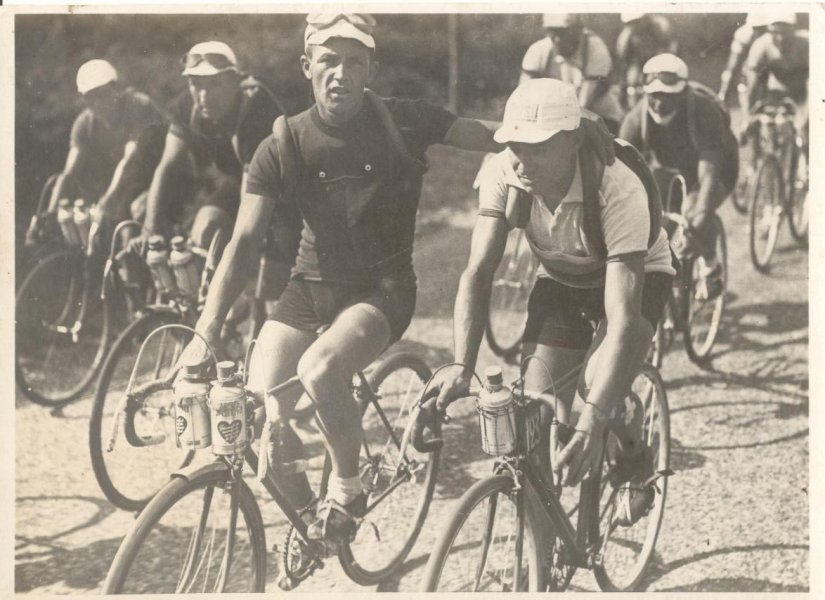All out speed... unless you're competing, I'd say the difference of a few watts isn't going to make much difference, so go for more comfort. I've done it all over the course of my life, been cycling since I was a wee child. Never competitive at the highest levels, but rode my share of races. As I got older I took the pride of hanging with the fast boys, I just couldn't do those back to back with the intensity of youth. I also toured quite a bit, crossing the country west-east and south-north up into Canada. I missed a couple years recently, but would test myself with the annual ride up to Hurricane Ridge in Olympic National Park. Retirement (this year) might have me riding the Tour Divide next summer.I did learn something. Even though skinny tires with high pressure are demonstrably faster in my opinion, it is not the absolute I thought it was. There are limits and many factors come into play. Some factors maybe even more important than all out speed. The good news is you can verify it for yourself. The tires are not that expensive. So make your best guests and race against the clock. You be the judge.
I wish wide, supple sidewall tires were ALWAYS part of cycling. Too many rides on skinny high pressure tires. Now I can ride a fast, supple, 44mm tire for rides even at 18-21mph, and when I want to go faster I'm still on a 35. Rene Herse (formerly Compass Tires) have some great tires that ride nearly as nice as the silk tubulars I used to ride.
Speed isn't everything. But if you want to go fast, it can still be done on a wider tire. Rule#5 always applies. https://www.velominati.com/


